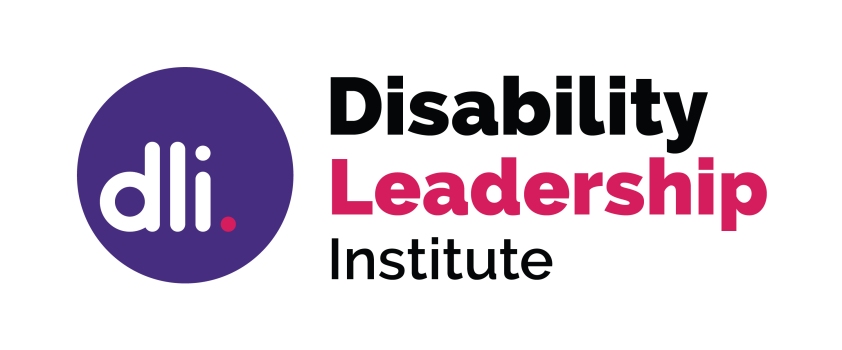There are numerous population groups that make up the diversity soup that enriches our community: women, people with disabilities, Indigenous peoples, people of culturally diverse backgrounds, LGBTIQ people, young people, and old people.
So, achieving diversity in your workforce, boardroom, membership, or consultation group takes a lot more than simply achieving 50 per cent women. Somehow you need to recognise all of those diversity (or population) groups and factor them into your recruitment strategies, whatever the purpose of that recruitment.
Intersectionality recognises population groups, but it also recognises that many people in minority or disadvantaged groups come from one or more of those groups. Perhaps you are an Indigenous woman with disability, or a young trans culturally diverse man. Intersectionality is when different population groups intersect within the same person – the United Nations has also called it “multiple disadvantage”.
The catch phrase “pale, male and stale” recognises the need to step away from a very narrow recruitment pool into a wider group where women are present, in order to achieve gender diversity. However, if the group becomes “pale, female and stale” is it any different? Have we achieved success in diversity if everyone is an upright white person?
This is the next major challenge in the diversity field.
Approaching diversity through the prism of intersectionality assists us with bringing different population groups into our recruitment processes without tackling them one by one. It recognises that all diversity groups are present right across our population.
If your recruitment is targeting gender, remember that 20 per cent of women are women with disabilities, about 20 per cent will come from a culturally diverse background, 3 per cent will be Indigenous, etc.
If you are targeting Indigenous people for your recruitment, then about half of them will be people with disabilities, half will be women, and a percentage will be LGBTIQ.
If you are targeting people with disabilities, a little over half will be women, there will be Indigenous and CALD people, plus a percentage of people identifying as LGBTIQ. People with disabilities have a similar diversity to the broader population although there are slightly more women than men.
It’s critical to be aware of these intersectional factors, so that we can approach true diversity in the group we are building. It is also important to avoid tokenism. Population levels in diversity groups may not be exactly represented in the initial group you recruit, because recruiting on merit is also a factor in building towards the ultimate sustainable outcome.
The key is to recognise population levels, through an intersectional approach, while working proactively towards achieving those levels.
Working through an intersectional lens assists us to understand our targets for diversity, but embedding diversity demands the development of a strong inclusive culture that features both diversity and intersectionality. A “pale, male and stale” culture will not sustain a diverse and intersectional group; rather it will simply perpetuate the exclusion we are working to overcome.
When a critical mass of diversity is achieved through an intersectional approach, it can start to be perpetuated and sustained through a strong culture of inclusion. It’s the first step on the road to real diversity and inclusion for the long haul.
Christina Ryan is the founder of the Disability Leadership Institute, and a management consultant, speaker and writer who specialises in executive and team culture and coaching.
